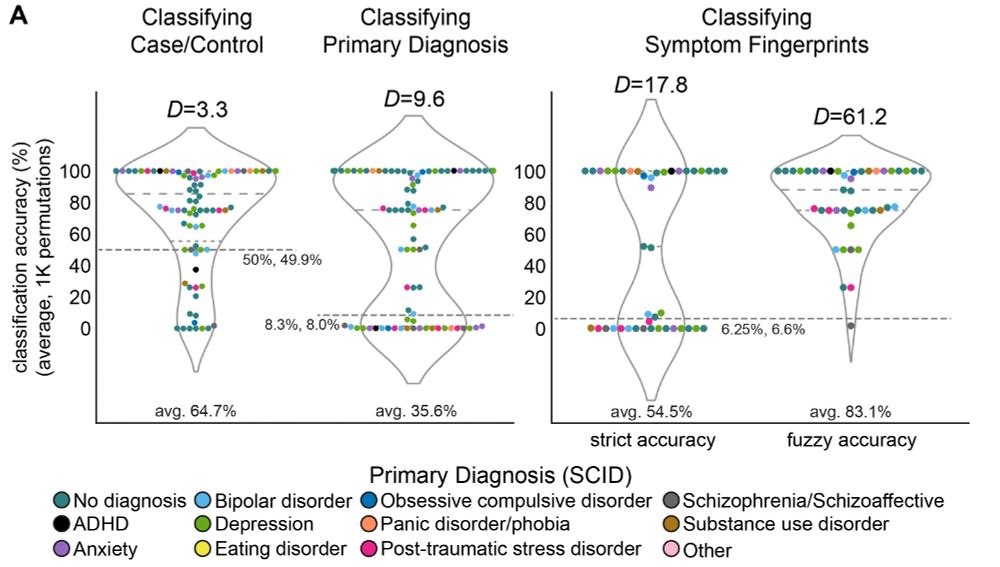Loïc Labache
@loiclabache.bsky.social
220 followers
560 following
21 posts
Postdoctoral Fellow at Rutgers University
Previously CEA 🇫🇷, Yale 🇺🇸
Website: loiclabache.github.io
Cognitive neuroscientist and statistician interested in hemispheric specialization 🧠
Posts
Media
Videos
Starter Packs
Pinned
Loïc Labache
@loiclabache.bsky.social
· Apr 12

The molecular and cellular underpinnings of human brain lateralization
Hemispheric specialization is a fundamental characteristic of human brain organization, where most individuals exhibit left-hemisphere dominance for language and right-hemisphere dominance for visuosp...
doi.org
Reposted by Loïc Labache
Reposted by Loïc Labache
Jérémie Naudé
@jeremie-n.bsky.social
· Sep 4

One mother for two species via obligate cross-species cloning in ants - Nature
In a case of obligate cross-species cloning, female ants of Messor ibericus need to clone males of Messor structor to obtain sperm for producing the worker caste, resulting in males from the same moth...
www.nature.com
Reposted by Loïc Labache
Loïc Labache
@loiclabache.bsky.social
· Jul 3
Reposted by Loïc Labache
Holmes Lab
@holmeslab-bhi.bsky.social
· Jun 28
Reposted by Loïc Labache
Loïc Labache
@loiclabache.bsky.social
· May 5
Reposted by Loïc Labache
Reposted by Loïc Labache
Reposted by Loïc Labache
Holmes Lab
@holmeslab-bhi.bsky.social
· Apr 15
Loïc Labache
@loiclabache.bsky.social
· Apr 12

The molecular and cellular underpinnings of human brain lateralization
Hemispheric specialization is a fundamental characteristic of human brain organization, where most individuals exhibit left-hemisphere dominance for language and right-hemisphere dominance for visuosp...
doi.org
Loïc Labache
@loiclabache.bsky.social
· Apr 15
Reposted by Loïc Labache
Avram Holmes
@avramholmes.bsky.social
· Apr 12
Loïc Labache
@loiclabache.bsky.social
· Apr 12

The molecular and cellular underpinnings of human brain lateralization
Hemispheric specialization is a fundamental characteristic of human brain organization, where most individuals exhibit left-hemisphere dominance for language and right-hemisphere dominance for visuosp...
doi.org
Loïc Labache
@loiclabache.bsky.social
· Apr 12
Loïc Labache
@loiclabache.bsky.social
· Apr 12
Loïc Labache
@loiclabache.bsky.social
· Apr 12
Loïc Labache
@loiclabache.bsky.social
· Apr 12
Loïc Labache
@loiclabache.bsky.social
· Apr 12
Loïc Labache
@loiclabache.bsky.social
· Apr 12










